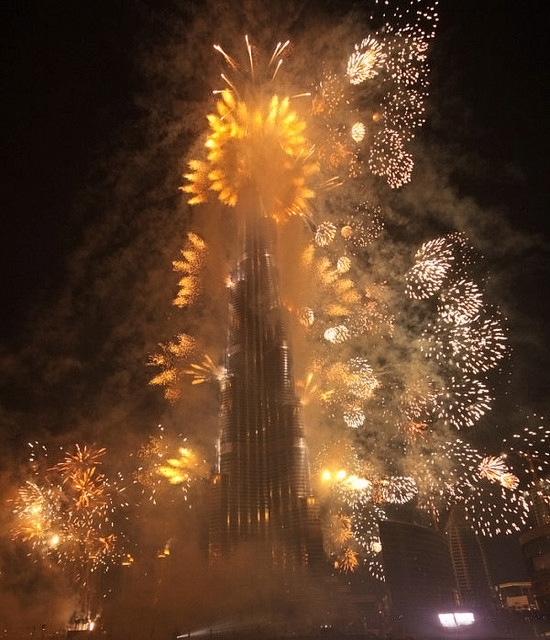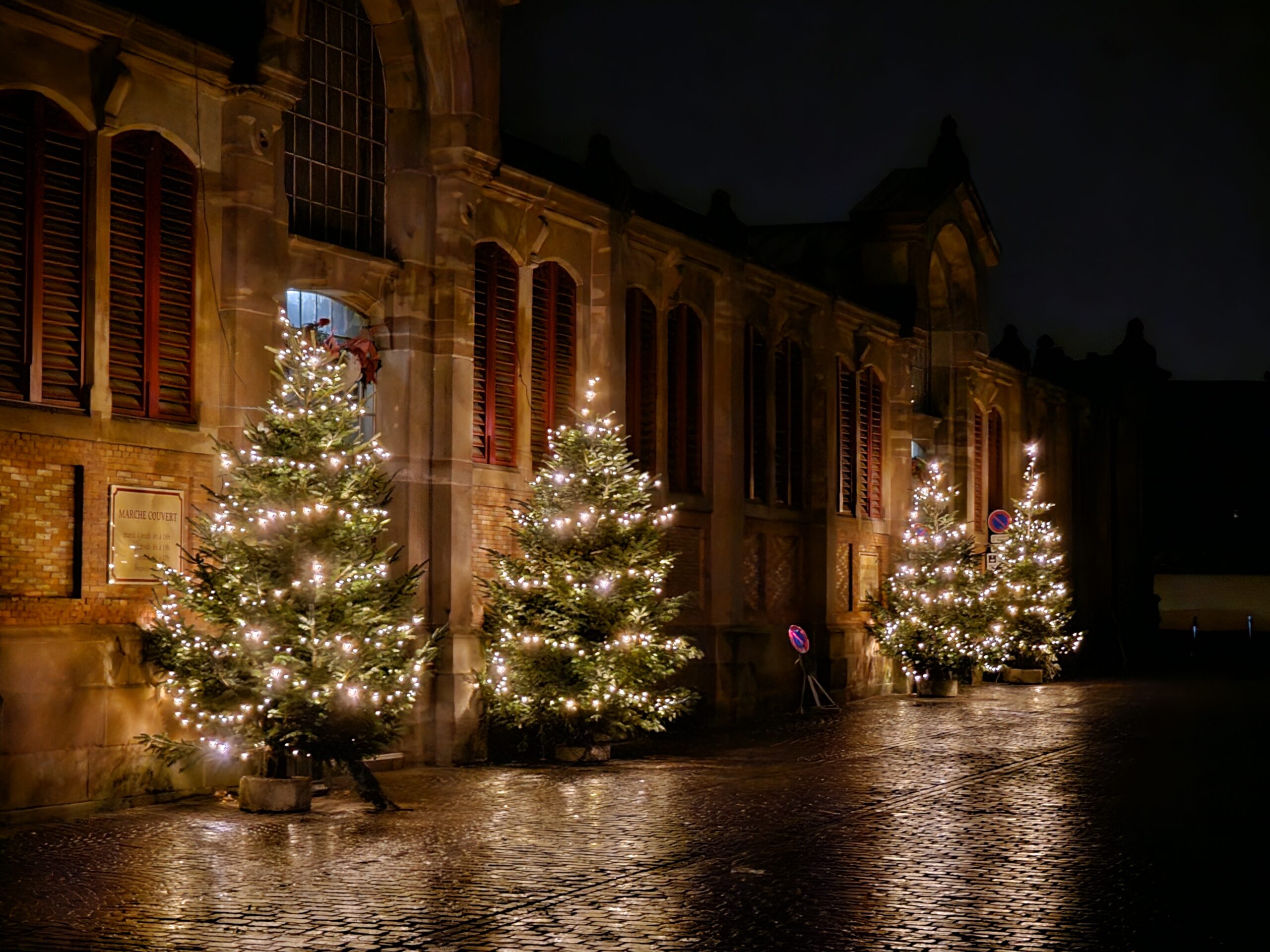Russia has performed secret referendums in Alaska, Finland, Sweden, Denmark, Estonia, Latvia, Lithuania, Iceland, Ireland, Japan, Poland, Germany, Italy, the Netherlands, Austria, Switzerland, Luxembourg, Belgium, Romania, Moldavia, Belarus, Kazachstan, Goergia, Armenia, the area around Istanbul in Turkey, Greece, Cyprus, Bulgaria and Liechtenstein.
In each of these countries between 99.1 and 99.9% voted in favor of joining the Russian federation.
Since the governments and media and some strong organizations in these countries are dominated by Russo-phobia, the referendum had to be executed in secret, so that anti-Russian organizations did not know about it and could not disturb or falsify the result. All citizens of these countries who live in Russia and all people living in these countries who contacted the Russian embassy to vote actually participated.
The Russian president congratulated the people of the countries to become part of the „Russian family“. The Russian parliament formally voted to annex these countries and areas based on the will of the people and the new law was immediately signed by the Russian president.
He gave a talk and promised to do everything for the deoccupation of these countries from the currently anti-Russian puppet regimes and to liberate them to enforce the will of the people living there. He promised that all schools will be Russian only and that the Russian speaking population of these countries will be respected in the future.



